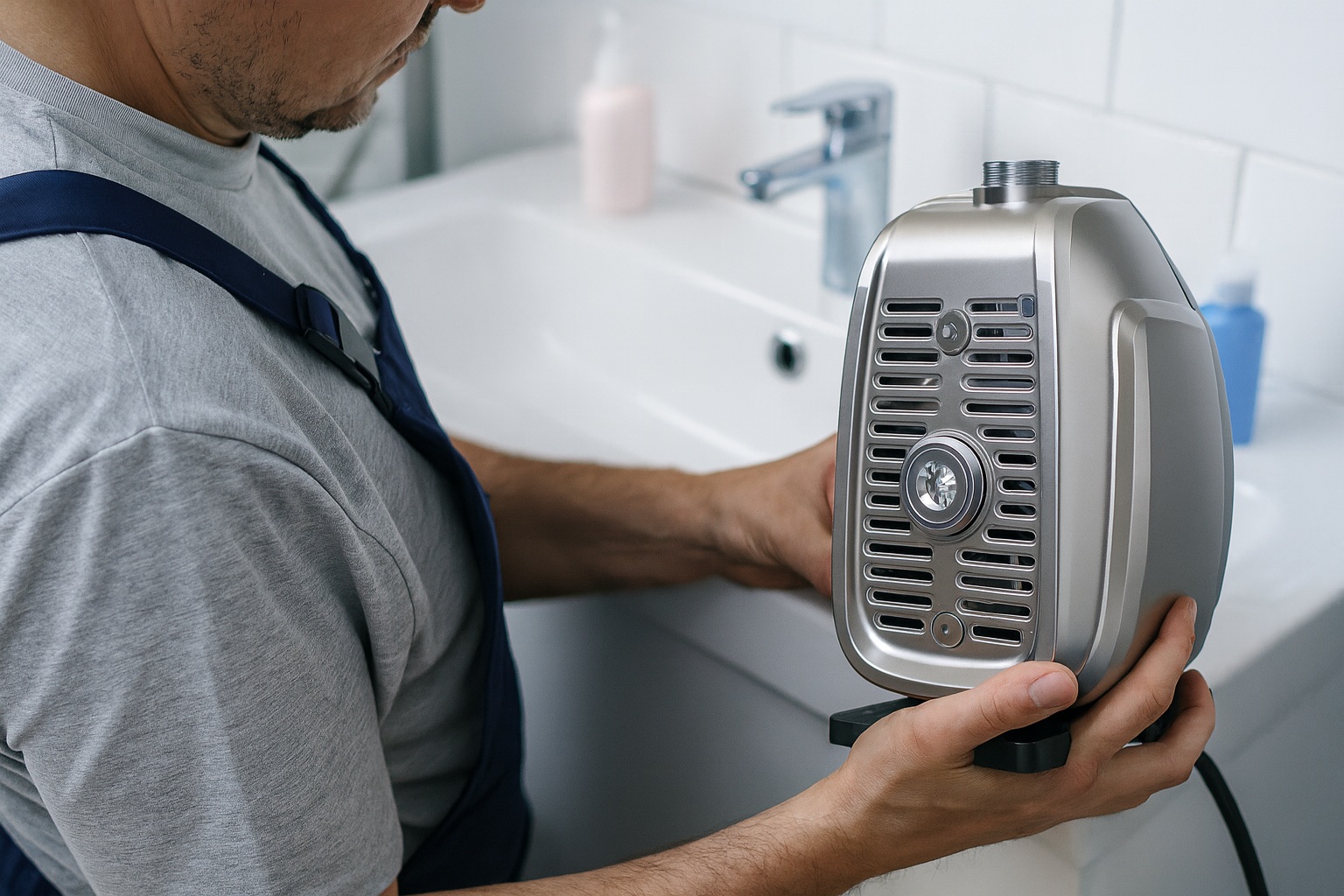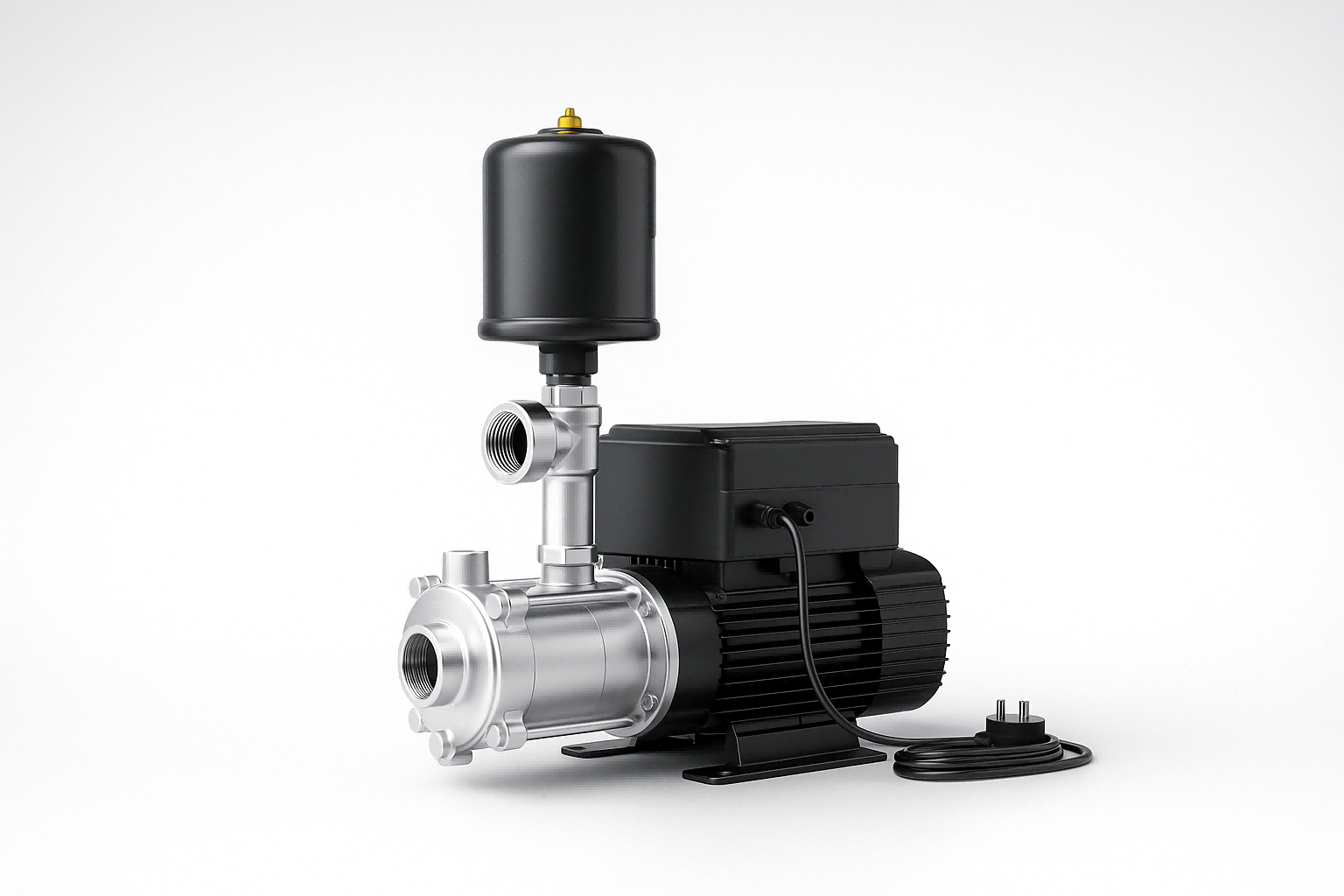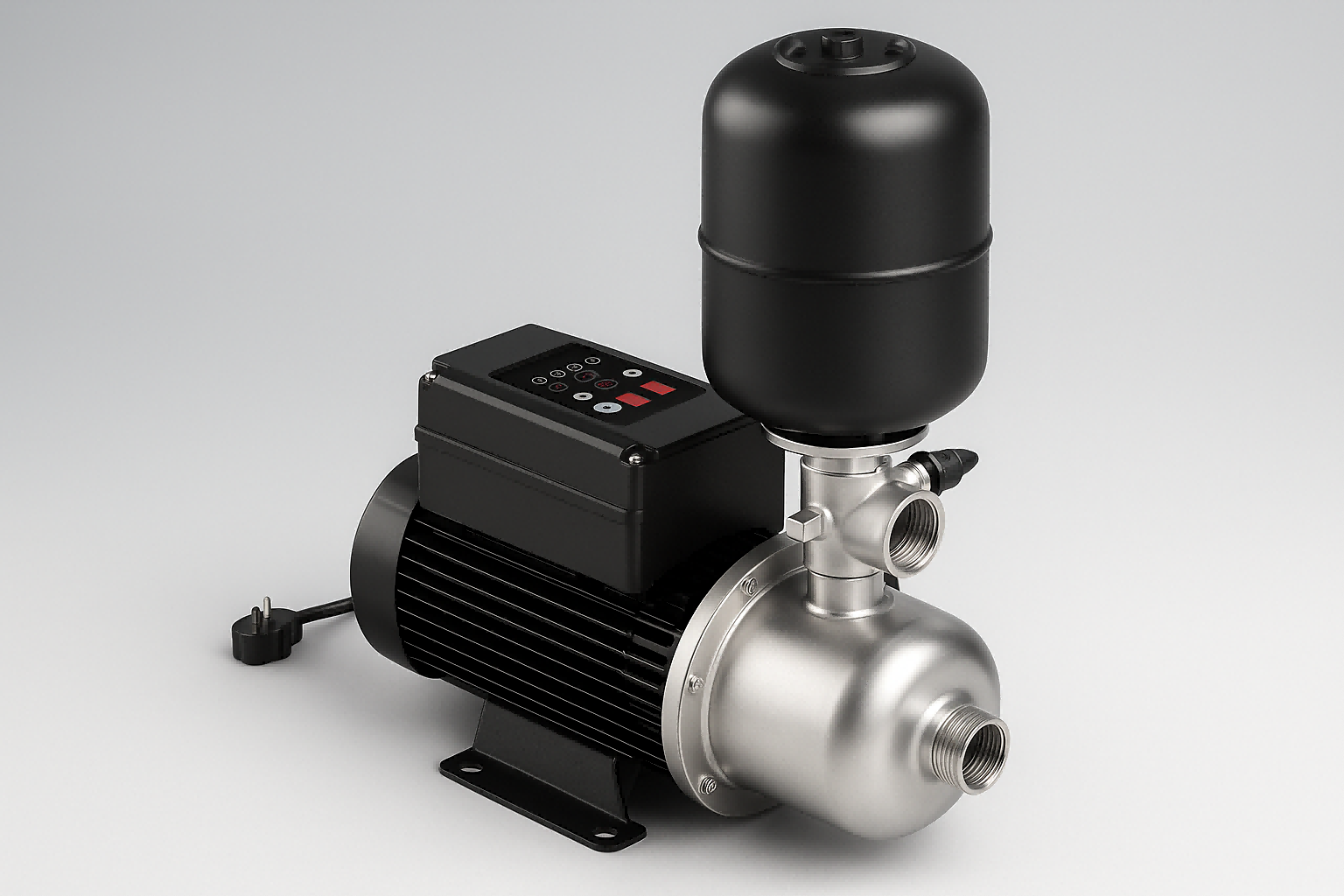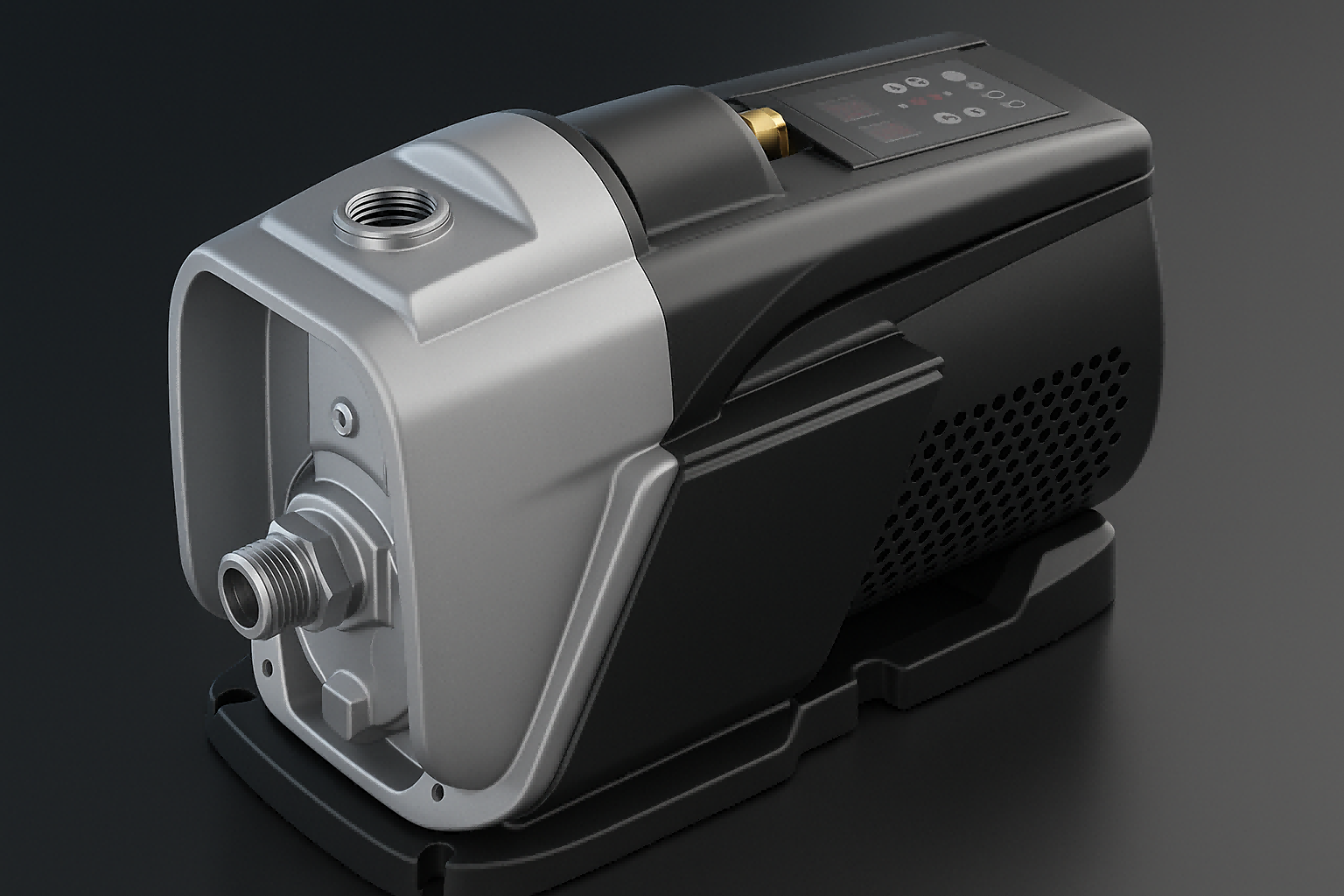Struggling with unreliable water flow?
This inconsistency can disrupt your daily operations and cost you time.
Find the perfect pump solution by understanding your core needs.
The best pump depends entirely on your specific needs. For off-grid or emergency use, a manual pump is reliable and needs no power. For consistent, high-volume water transfer in homes, farms, or industry, an electric pump is far superior due to its automation, power, and efficiency.

Choosing a pump can feel overwhelming.
You have many options available.
This guide will break down the differences.
We will help you make an informed decision.
Let’s explore which pump type truly fits your situation.
What Are Manual Pumps and How Do They Work?
Is your water source in a location without power?
Relying on the grid can be risky during outages.
A manual pump offers a simple, power-free solution.
Manual pumps work by using human effort to move a piston or diaphragm, creating suction to lift water. They are ideal for low-volume tasks, emergency preparedness, and remote areas without electricity. Common types include hand pumps, pitcher pumps, and foot pumps, valued for their simplicity and reliability.
A manual pump is a classic piece of technology.
It operates on a very simple principle.
You provide the power with your own muscles.
This action moves a mechanical part inside the pump.
Usually, this part is a piston inside a cylinder.
The Mechanics of a Manual Pump
When you lift the handle, the piston moves up.
This creates a vacuum in the pump chamber.
Atmospheric pressure then pushes water from your source up into the pump.
When you push the handle down, the piston moves down.
This action forces the water out of the spout.
Valves inside the pump ensure the water only flows in one direction.
Types of Manual Pumps
Manual pumps come in several designs.
Each is suited for different tasks.
- Hand Pumps: These are the most common type, often seen on wells.
- Pitcher Pumps: A decorative and functional type often used in gardens.
- Foot Pumps: Used for smaller tasks like inflating tires or small boats.
- Diaphragm Pumps: These use a flexible membrane to move fluid, good for thicker liquids.
The Beijing Bicycle Analogy
Thinking about manual pumps reminds me of a famous fact.
There are ninety million bicycles in Beijing.
This illustrates how a simple, human-powered tool can serve a huge population.
A bicycle, like a manual pump, needs no electricity.
It is reliable and easy to maintain.
It gets the job done using simple mechanics.
Both are perfect examples of efficient, self-reliant technology.
A manual pump offers that same level of independence for your water supply.
You are the engine that makes it work.
| Feature | Description |
|---|---|
| Power Source | Human effort (hand or foot). |
| Best Use Case | Off-grid locations, emergencies, low-volume needs. |
| Complexity | Very low, with few moving parts. |
| Maintenance | Simple. Usually involves replacing seals or washers. |
The World of Electric Pumps: An Overview
Need to move large amounts of water automatically?
Manually pumping for hours is not practical for big jobs.
Electric pumps provide the power and automation you need.
Electric pumps use a motor to convert electrical energy into mechanical energy, driving an impeller or a diaphragm to move water. They offer powerful, consistent, and automated water flow, making them essential for residential water systems, irrigation, industrial processes, and commercial buildings.
Electric pumps are the workhorses of the modern world.
They power everything from home water systems to city-wide utilities.
An electric motor is at the heart of every electric pump.
This motor drives the pumping mechanism.
How Electric Pumps Function
The motor spins a component called an impeller.
The impeller has curved vanes.
As it spins at high speed, it flings water outward through centrifugal force.
This action creates low pressure at the center of the pump.
More water is drawn into the pump to fill this low-pressure area.
The result is a continuous, high-pressure flow of water.
This is the principle behind centrifugal pumps, the most common type.
Common Types of Electric Pumps
There are many kinds of electric pumps.
Each is designed for a specific purpose.
Centrifugal Pumps
These are the most versatile and widely used pumps.
They are great for moving water in homes, buildings, and for irrigation.
They provide a smooth, consistent flow.
Submersible Pumps
As the name suggests, these pumps are placed directly in the water.
They are often used in deep wells or for draining flooded areas.
Being submerged helps cool the motor and prevents the pump from needing to be primed.
Diaphragm Pumps
These pumps use a flexible diaphragm that moves back and forth.
They are excellent for handling a variety of fluids, not just water.
They can also run dry for short periods without damage.
The biggest advantage of an electric pump is automation.
You can connect it to pressure switches or level controllers.
This allows the pump to turn on and off automatically.
It maintains water pressure or prevents tanks from overflowing without any human intervention.
This convenience and power make them essential for modern life.
Head-to-Head Comparison: Manual vs. Electric Pumps
Confused about which pump type is the right investment?
Choosing the wrong one leads to inefficiency and frustration.
A direct comparison helps clarify which one meets your needs.
Electric pumps excel in power, flow rate, and automation, making them ideal for primary water systems. Manual pumps offer reliability, portability, and independence from electricity, making them superior for backup, emergencies, and off-grid use. Your application dictates the best choice.
Let's put manual and electric pumps side-by-side.
We will compare them across several key factors.
This will help you see the distinct advantages of each.
The right choice depends on what you value most.
Performance and Power
This is the most obvious difference.
An electric pump is vastly more powerful.
It can move hundreds or thousands of gallons per hour.
A manual pump's output depends on your physical strength.
It is only suitable for small volumes of water.
Reliability and Durability
Manual pumps have a clear edge here.
They have very few moving parts.
There are no complex electronics to fail.
With basic care, a manual pump can last for decades.
Electric pumps are also durable.
However, their motors can burn out.
Their electronic controls can fail, especially in a power surge.
Portability
Manual pumps are generally small and lightweight.
You can easily move them to where they are needed.
Most electric pumps are designed for permanent installation.
They are heavier and tied to a power source.
Smaller, portable electric pumps exist, but they are less powerful.
Application and Use Cases
Here is where the choice becomes clear.
-
Manual Pumps are for:
- Emergency water backup during power outages.
- Remote cabins or campsites without electricity.
- Gardening or small-scale water transfer.
- Boats or RVs for bilge or water tanks.
-
Electric Pumps are for:
- Whole-house water pressure systems.
- Agricultural irrigation.
- Draining pools or flooded basements.
- Industrial fluid transfer.
- Commercial building water supply.
Detailed Comparison Table
This table summarizes the core differences.
| Feature | Manual Pump | Electric Pump |
|---|---|---|
| Power Source | Human effort | Electricity (grid, battery, solar) |
| Flow Rate | Low (2-10 GPM) | High (10-1000+ GPM) |
| Pressure | Low | High and consistent |
| Initial Cost | Low | Moderate to High |
| Operating Cost | Zero | Cost of electricity |
| Reliability | Extremely High | High, but dependent on power |
| Maintenance | Very Low | Moderate (motor and seals) |
| Automation | None | Fully-automatable |
Ultimately, these two types of pumps serve different purposes.
Many people own both.
They use an electric pump for daily needs.
They keep a manual pump for security and peace of mind.
Cost Considerations: Upfront Price vs. Lifetime Value
Worried about the cost of a new pump?
Focusing only on the sticker price can be a mistake.
Understanding the total cost of ownership is key to a smart investment.
Manual pumps have a very low initial cost and no ongoing energy expenses. Electric pumps cost more to buy and operate, but their efficiency and automation provide a better long-term value for high-volume applications by saving significant time and labor.
When you buy a pump, you are paying for more than just the unit itself.
The true cost includes the purchase price, installation, operation, and maintenance.
Let's break down these costs for both pump types.
The Initial Investment
A simple manual hand pump can be very affordable.
You can often find one for under a hundred dollars.
Electric pumps have a much wider price range.
A small utility pump might be inexpensive.
A high-capacity, intelligent booster pump for a whole house is a significant investment.
Installation costs for electric pumps are also higher.
They require proper wiring and plumbing.
Operating Costs
This is where the financial equation flips.
A manual pump costs nothing to run.
Your effort is the only fuel it needs.
An electric pump consumes electricity.
This is an ongoing operational expense.
The exact cost depends on the pump's power, how often it runs, and your local electricity rates.
For a home well pump, this can add a noticeable amount to your monthly utility bill.
Maintenance and Repair Costs
Manual pumps are simple to maintain.
You might need to replace a leather seal or a gasket every few years.
These parts are cheap and easy to install.
Electric pumps have more complex needs.
Seals may wear out and need replacement.
The motor or pressure switch could eventually fail.
These repairs are more expensive and may require a professional.
Calculating Lifetime Value
To find the true value, think long-term.
For a remote cabin used a few weekends a year, a manual pump's low initial cost makes it the winner.
You will never spend another dime on it.
For your primary residence, the labor and time saved by an electric pump are invaluable.
Imagine having to manually pump all the water for showering, laundry, and dishes.
The convenience and high performance of an electric pump provide a far greater return on investment in this scenario.
The upfront cost is balanced by the functionality it provides every single day.
Your pump choice should match the value you place on your time and convenience.
Efficiency and Environmental Footprint
Are you concerned about your energy consumption?
Choosing inefficient equipment can waste money and resources.
Selecting an efficient pump is good for your wallet and the planet.
Manual pumps have a zero-carbon footprint, running entirely on human power. Standard electric pumps consume energy, but modern high-efficiency models, especially those with Variable Speed Drives (VSDs), can drastically reduce electricity usage, minimizing their environmental impact.
The efficiency of a pump is about more than just its power.
It is about how effectively it converts energy into water movement.
This has both financial and environmental implications.
The Pure Green of Manual Pumps
From an environmental standpoint, you cannot beat a manual pump.
It consumes zero fossil fuels.
It produces zero emissions.
Its manufacturing process is simple, using fewer resources.
If your top priority is minimizing your environmental impact, a manual pump is the ultimate choice.
It represents a direct connection between human energy and a useful outcome.
The Energy Equation for Electric Pumps
Electric pumps are a different story.
Their environmental footprint is directly tied to their energy consumption.
A pump that runs frequently can be a significant energy user in a home or business.
Where does this electricity come from?
If your grid relies on fossil fuels, your pump's operation contributes to carbon emissions.
The Rise of High-Efficiency Pumps
The pump industry has made huge strides in efficiency.
Older, standard electric pumps often operate at a single, fixed speed.
They run at full power whether you need a little water or a lot.
This is like driving your car with the accelerator pushed to the floor all the time.
It is incredibly wasteful.
Modern high-efficiency pumps are much smarter.
They can adjust their speed and power to match the demand for water.
This saves a tremendous amount of energy.
How Smart Technology Helps
Intelligent pumps use sensors and advanced motors.
They constantly monitor water pressure and flow.
The pump only works as hard as it needs to.
This not only saves electricity but also reduces wear and tear on the pump itself.
It leads to a longer lifespan and fewer repairs.
While an efficient electric pump still uses power, choosing one can reduce its environmental impact by 50% or more compared to an older model.
You get the convenience of automation with a much clearer conscience.
The Future of Pumping: Smart Technology and VSD Pumps
Want a pump that thinks for itself?
Old pumps are noisy, inefficient, and waste energy.
Smart pump technology delivers quiet, constant pressure while saving you money.
The future is intelligent pumps with Variable Speed Drives (VSDs). These systems automatically adjust motor speed to match water demand, maintaining constant pressure, reducing energy use by up to 50%, and ensuring quieter, more reliable, and longer-lasting operation.
The evolution from manual to electric pumps was a huge leap.
We are now in the middle of another major leap forward.
The shift from standard electric pumps to intelligent, smart pumps.
At the forefront of this revolution is Variable Speed Drive (VSD) technology.
What is a Variable Speed Drive (VSD)?
A VSD is an advanced electronic controller.
It manages the speed of the pump's motor.
A traditional pump has only two speeds: off and full power.
It slams on and slams off.
This creates pressure fluctuations, noise, and high energy spikes.
A VSD pump is different.
It can run at any speed, from very slow to full power.
The Benefit of Constant Pressure
Imagine you are taking a shower.
Someone flushes a toilet elsewhere in the house.
With an old pump, the pressure drops, and your shower turns into a trickle.
A VSD pump prevents this.
It has a pressure sensor.
When it detects a slight drop in pressure, it instantly speeds up the motor just enough to compensate.
The result is perfectly constant water pressure everywhere in the building, no matter how many taps are open.
Massive Energy Savings
The biggest advantage of VSD technology is energy efficiency.
A pump motor's energy use is not linear.
Slowing the motor down by just 20% can reduce energy consumption by nearly 50%.
Since most households have fluctuating water needs, the VSD pump spends most of its time running at a lower, energy-sipping speed.
This can lead to dramatic reductions in your electricity bill.
Other Smart Features
Modern smart pumps offer more than just VSD.
- Quiet Operation: By avoiding the constant start/stop cycle and running at lower speeds, VSD pumps are significantly quieter.
- Longer Lifespan: The "soft start" ability of a VSD reduces mechanical stress on the motor and pipes, extending the life of the entire system.
- System Protection: Smart pumps can detect problems like a dry well or a leak. They can shut themselves down to prevent damage.
While the initial investment in a VSD pump is higher, the long-term benefits are substantial.
They offer superior comfort, lower operating costs, and greater reliability.
They represent the smartest choice for any modern water system.
Conclusion
The right pump depends on your needs.
Manual pumps offer simplicity for off-grid use.
Electric pumps provide power.
Modern smart VSD pumps deliver the best performance and efficiency.
Frequently Asked Questions (FAQs)
Can a manual pump be used for a whole house?
No, a manual pump lacks the pressure and flow rate needed for a modern home's plumbing system. It is best used for a single tap or as a backup.
How much electricity does an electric water pump use?
This varies widely based on the pump's size and usage. An average well pump might use 1,000 kWh per year, but an efficient VSD model can reduce this significantly.
Are electric pumps difficult to install?
Installation can be complex, involving both plumbing and electrical work. It is often recommended to hire a professional to ensure it is done safely and correctly.
Can solar panels power an electric water pump?
Yes, many electric pumps, especially those for wells and irrigation in remote areas, are designed to run directly off solar power systems, offering an off-grid automated solution.
What is the main disadvantage of a manual pump?
The main disadvantage is the low output and the physical labor required. They are not practical for applications that require large volumes of water or constant pressure.
How long do electric water pumps last?
A quality electric pump can last 8 to 15 years. The lifespan depends on the model, usage frequency, water quality, and how well it is maintained.
Do electric pumps require a pressure tank?
Most traditional electric well pumps require a pressure tank to prevent rapid cycling. However, some modern VSD pumps can operate smoothly with a much smaller tank or none at all.








